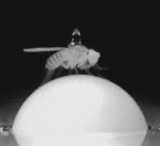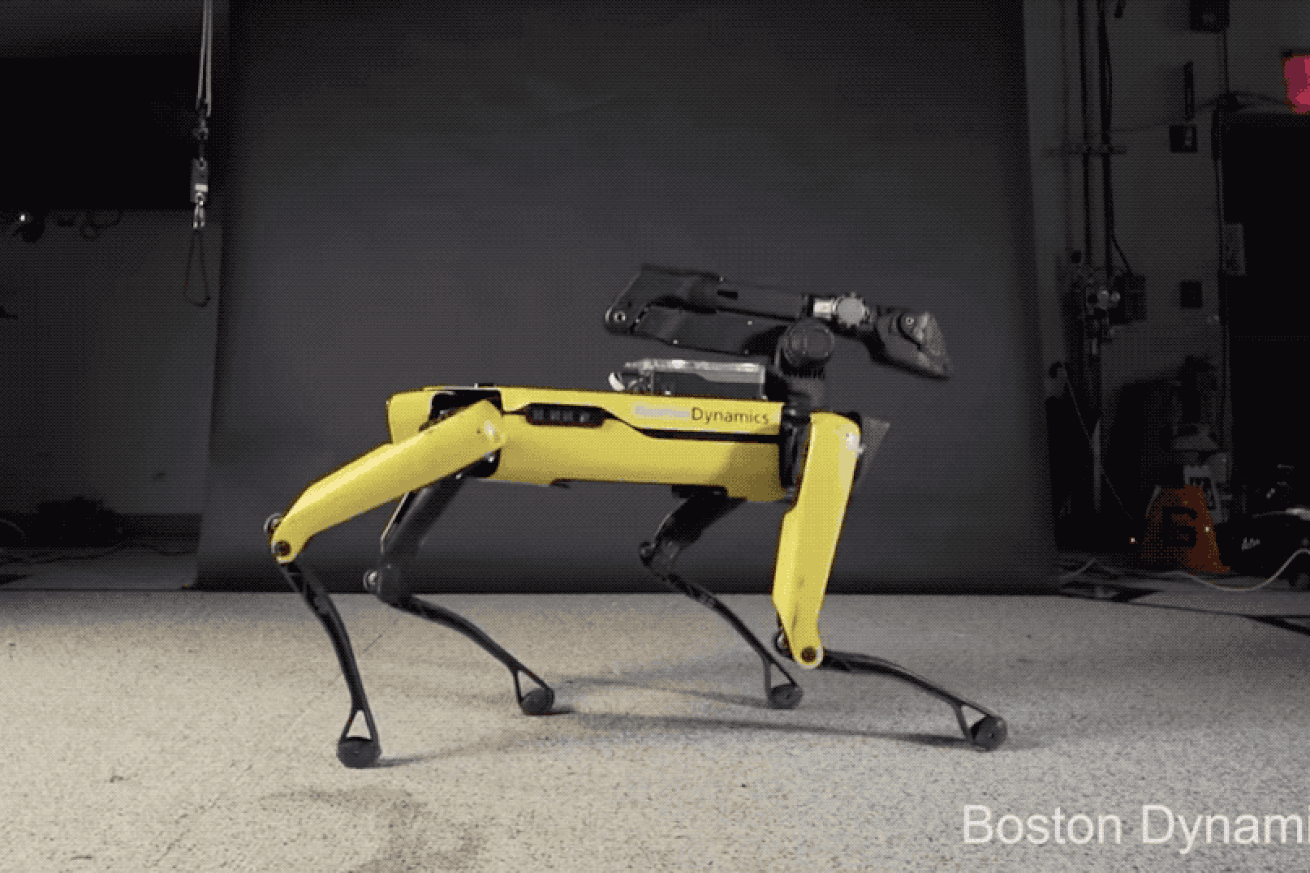A few weeks ago, I went to a public lecture – attractively named “Wine Down with Science” – organized by UW Medicine and I’ve been trying to tell people about it ever since.
The first problem is that the topic of the talk is one of those words that I’ll always just struggle to pronounce on the first go:

I went to the event not knowing what it was going to be about. I was already sold when I read it was a public lecture about some groundbreaking research; any excuse to listen to science in a more informal setting. Turned out, it was good of me to go, because it was sort of about biophysics and biophysics is sort of my jam.
So what is the *insert long word here again*?
Proprioception you mean? According to the event announcement, the lecture title was: Out of Your Mind: The Inner Workings of Your Mysterious Sixth Sense. So proprioception is about seeing dead people?

Nope. In reality, proprioception is our ability to be aware of the position and movement of our body and its parts. Not having proprioceptive abilities is one of the reasons that man-mimicking robots fail at a lot of seemingly basic tasks. They have no internal feedback system to tell them how their parts are positioned or moving with respect to each other, making benign tasks hard to do.

With proprioception, we know exactly how our body is positioned: whether our arms are bent, our feet are flexed, our eyelids are closed (okay, there are other ways to tell). And that without having to look at those body parts. There are some known cases of people losing their sense of proprioception and it causes paralysis (if you have 10 minutes to spare, you should really check out this video about a man who lost his sense of proprioception but taught himself to walk using visual cues instead).
How can we study this proprioception thing?
This is where it gets even cooler. The lecturer – John Tuthill – explained how in his lab, they use a clever combination of lasers, genetic tools, virtual reality, and fruit-fly-treadmills to understand how proprioception works.

https://faculty.washington.edu/tuthill/
By making a fruit fly run on a floating ball, and surrounding it with screens, they can trick the fly into thinking it’s strolling somewhere outside and track the neuron activity during movement. Using a laser, they can turn off the proprioceptive neurons very locally (using something called optogenetics, but that’s for some other time). For example, if by blocking proprioception in one of the fly’s legs, i.e. stopping communication between the leg and the central nervous system, they temporarily paralyze that leg. After turning the laser back off, the fly trods on as if nothing has happened.
Why should I worry, why should I care?
(Any excuse to play that song).
First of all, part of science is just understanding how things work. Knowledge for knowledge’s sake. But there are also some useful applications of this knowledge, such as helping people with movement disorders. And helping robot-designers to not make robots that seemingly stupidly fall over.

This talk was by John Tuthill, PhD, Assistant Professor of Physiology and Biophysics. His work is really cool. Go check it out.

